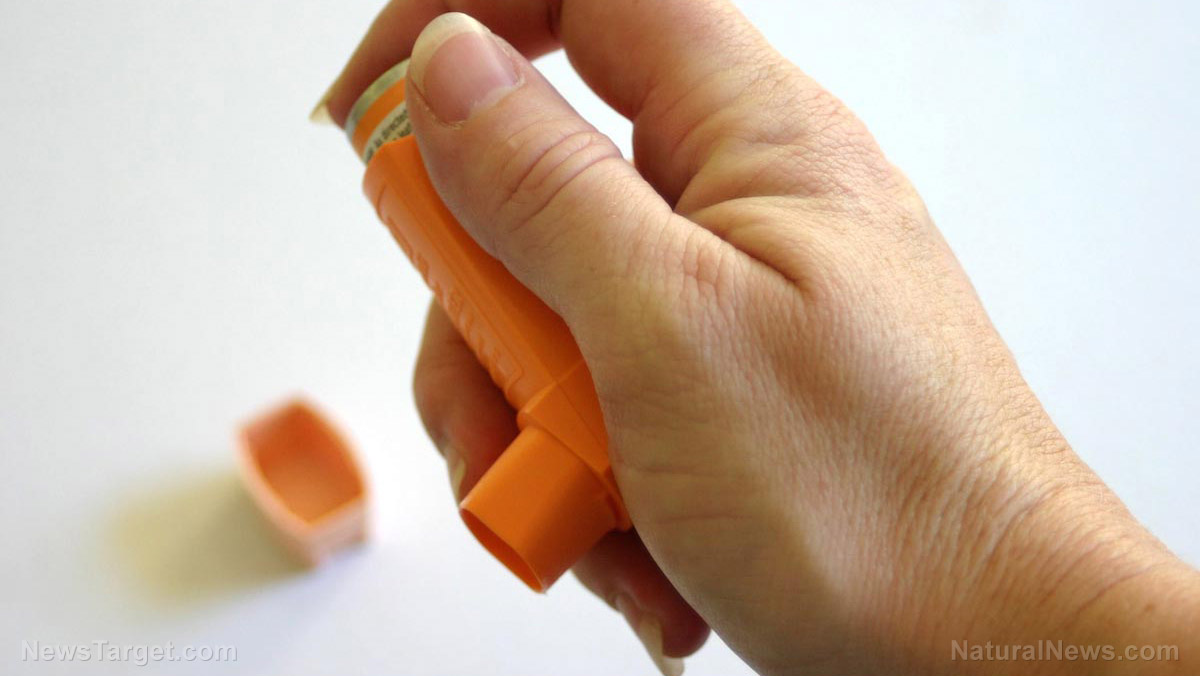Let ’em get dirty: Children who are “too clean” have higher risk of chronic inflammatory diseases later in life
10/14/2019 / By Lance D Johnson

The human immune system is developed extensively during childhood, from the baby’s first skin-to-skin contact with their mother, to the garden soil they crawl around in as a toddler. Every creek and every pond invites an opportunity for the child to introduce their immune system to the antigens in their environment. Exposure, not avoidance, is the key for developing immune system resiliency later in life.
Germophobe parents try to sterilize their child’s environment, spraying Lysol and using hand wipes and hand sanitizer at every turn. In fear of their environment, germophobe parents limit the amount of microbes their child comes into contact with. In the late 20th century, changes in agriculture, urbanization, and overzealous hygiene practices along with antibiotic overuse have separated children from the microbial environments they need to interact with, internally and externally, in order to develop a resilient immune system. Today, some germophobe parents don’t even want people to kiss or breathe near their babies in fear that they will contract a disease. Wrapping up their kid in saran wrap and keeping them from the world programs the child’s immune system for failure later in life.
Hyper-hygienic environments disconnect children from microbes, weakening their immune system and mental fortitude later in life
A research study from the University of Zurich and Lausanne found that late 20th century children, raised in hyper-hygienic environments, typically develop multiple allergies in childhood and ultimately suffer from chronic inflammatory diseases and psychiatric disorders as adults. The researchers studied 5,000 people born in the mid 20th century and charted their co-incidence of allergies, viral and bacterial diseases, and psychosocial stress in childhood. Investigating their white blood cell counts and inflammatory markers, the researchers found associative patterns with chronic inflammatory diseases and psychiatric disorders during adulthood. The researchers identified five classes of early immune system programming.
The main group, (the neutral group) consisting of 60 percent of the total cohort, had a disease rate that was comparably low to the others. The most healthy group, (the resistant group) consisting of approximately 20 percent of the total cohort, experienced even fewer disease rates, and had negligible cases of measles, mumps, or rubella. The “atopic group,” consisting of 7 percent of the total cohort, had the highest rate of multiple allergic diseases. The mixed group, consisting of 9 percent of the total cohort, suffered from single allergic disorders and suffered most from rash-inducing diseases like scarlet fever, pertussis, or rubella. The traumatized group, consisting of 5 percent of the total cohort, suffered through psychosocial trauma in their childhood. These children were more likely to suffer from allergic diseases but not common viral diseases.
When the five groups were analyzed according to their birth years, the researchers found an interesting correlation. Children who were born earlier, in rural, less hygienic environments, were more likely to be concentrated in the “neutral” or “resilient” immune system groups. The researchers also found that the children with later birth years were more likely to concentrate in the “atopic” group, marked by multiple allergic diseases.
Lead author Vladeta Ajdacic-Gross from the University of Zurich said, “Our study thus corroborates the hygiene hypothesis.” Children who are not exposed to the microbes in their environment are more apt to develop allergies and succumb to sickness throughout childhood. The study went a step further and found that members of the “atopic” and “mixed” groups went on to experience chronic inflammatory diseases later in life. These children, removed from the microbes in their environment, were also more apt to suffer from mental disorders later in life.
Conversely, children who were exposed to their environment, who developed “resilient” immune systems, were less likely to develop chronic inflammatory diseases or mental disorders later in life.
Sources include:
Tagged Under: allergies, antibiotic abuse, avoidance, child health, disconnection, disease, disposition, environmental antigens, exposure, fight disease, germophobe, hyper-hygeinic environments, immune system, immune system programming, immunity, immunology, mental health, microbes, natural immunity, resiliency, resrarch, soil microbes, sterilized, urbanization
RECENT NEWS & ARTICLES
Allergies.news is a fact-based public education website published by Allergies News Features, LLC.
All content copyright © 2018 by Allergies News Features, LLC.
Contact Us with Tips or Corrections
All trademarks, registered trademarks and servicemarks mentioned on this site are the property of their respective owners.













